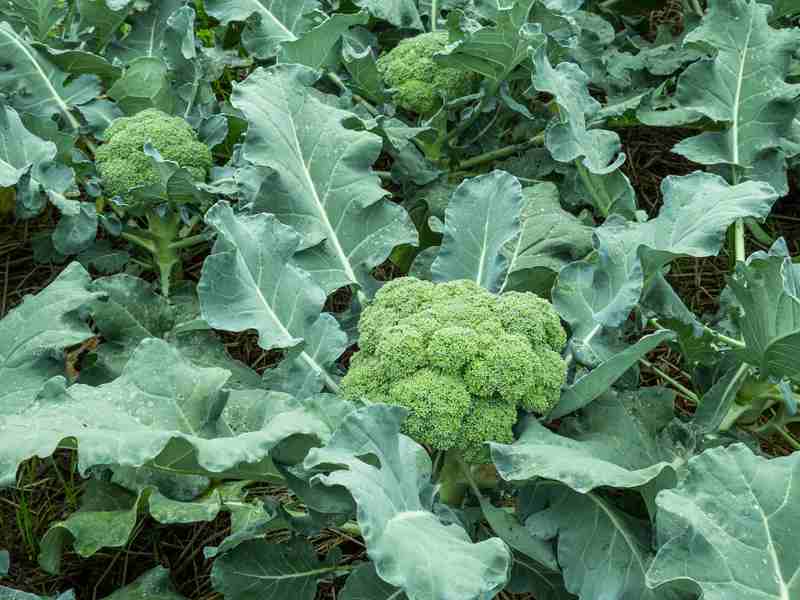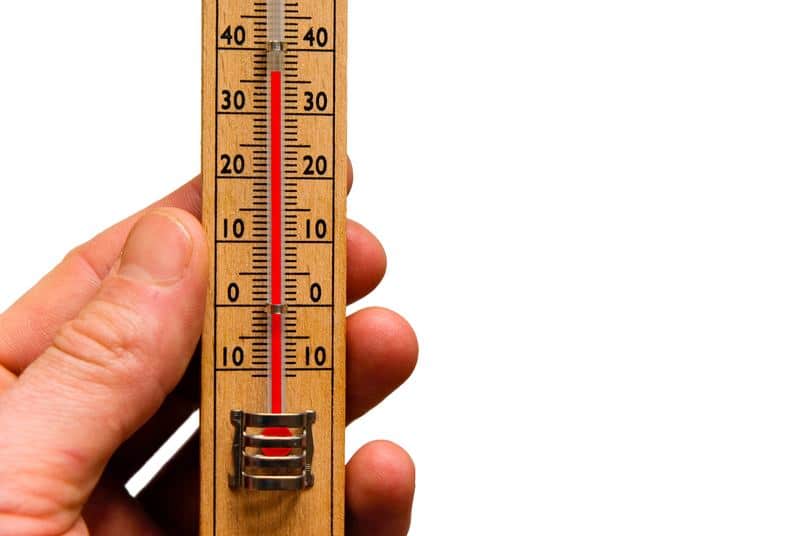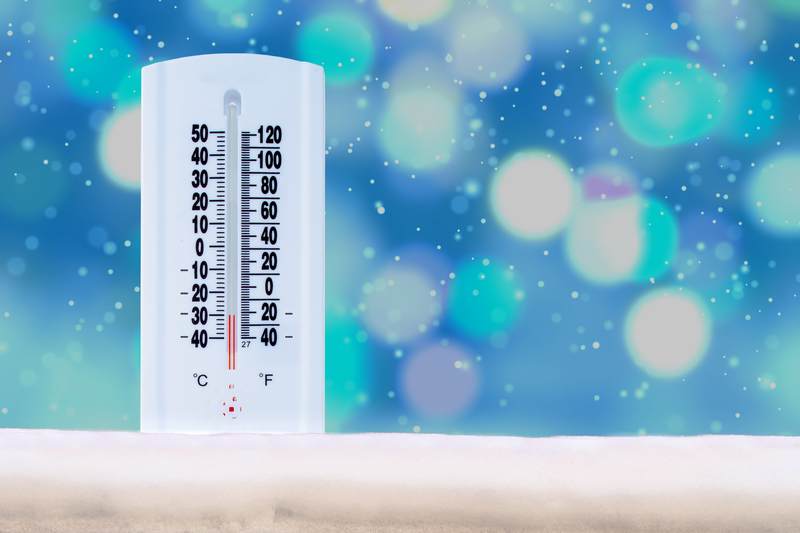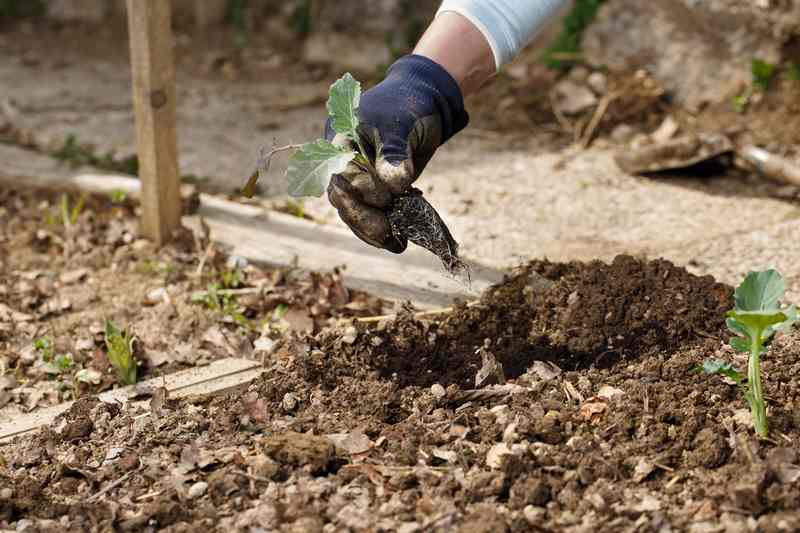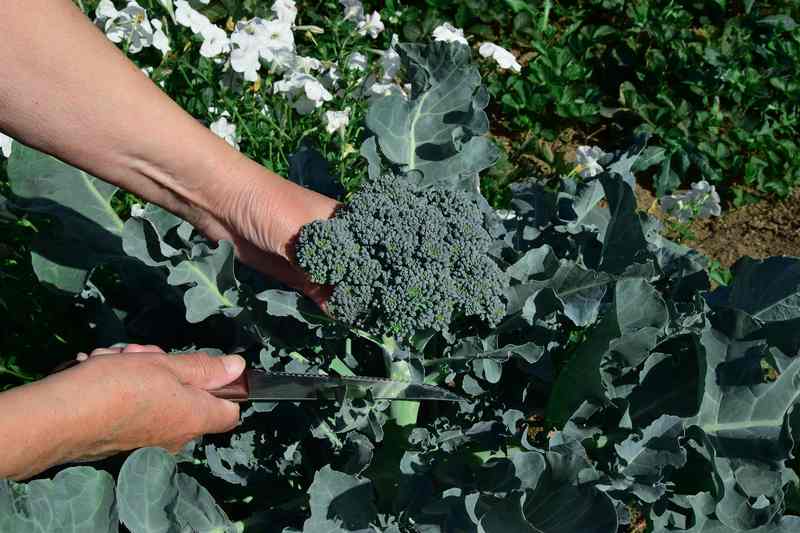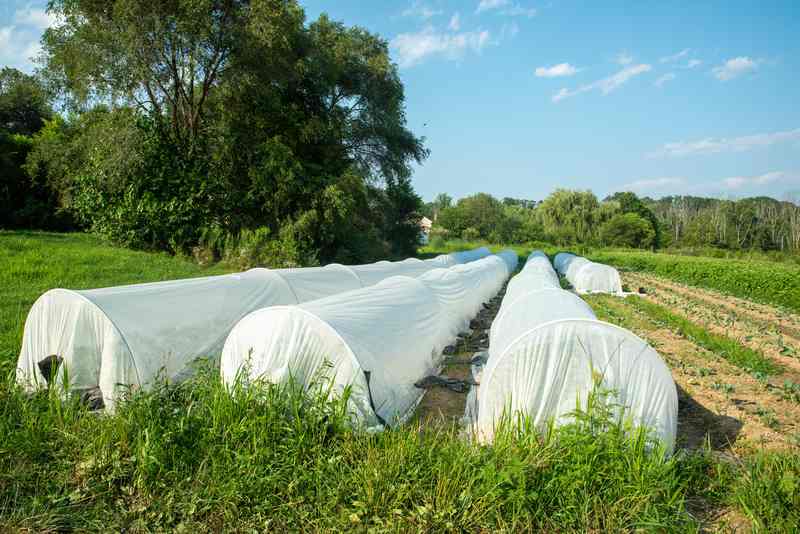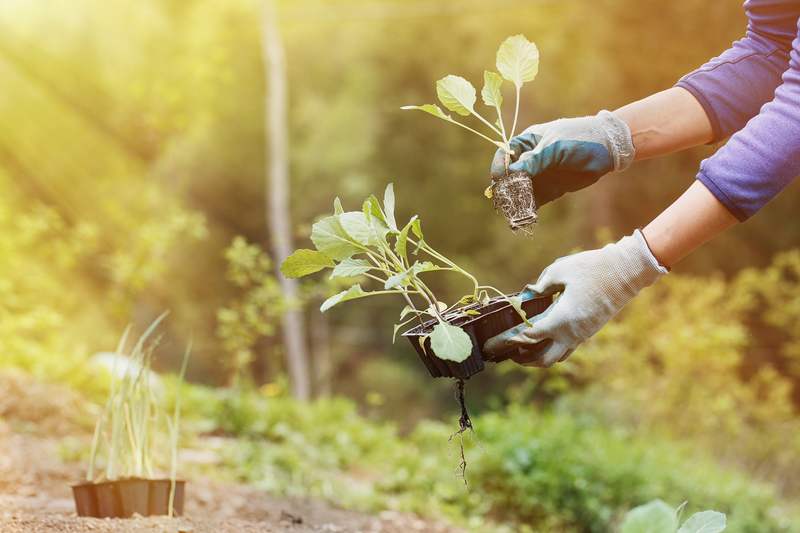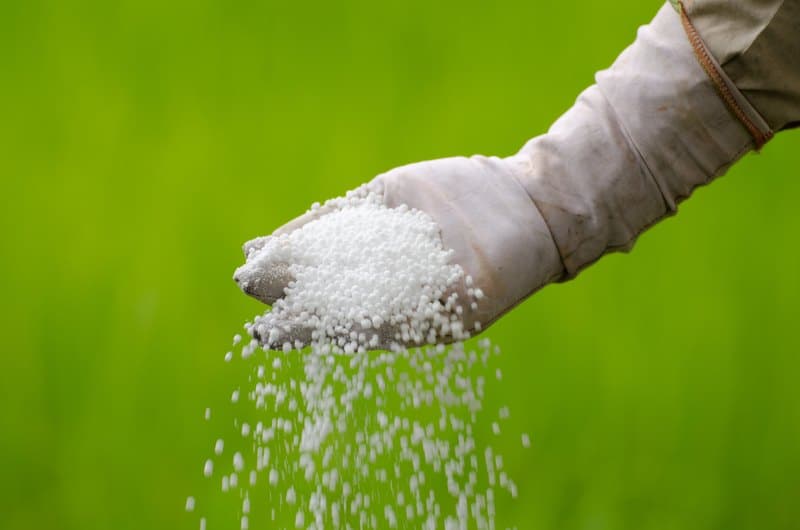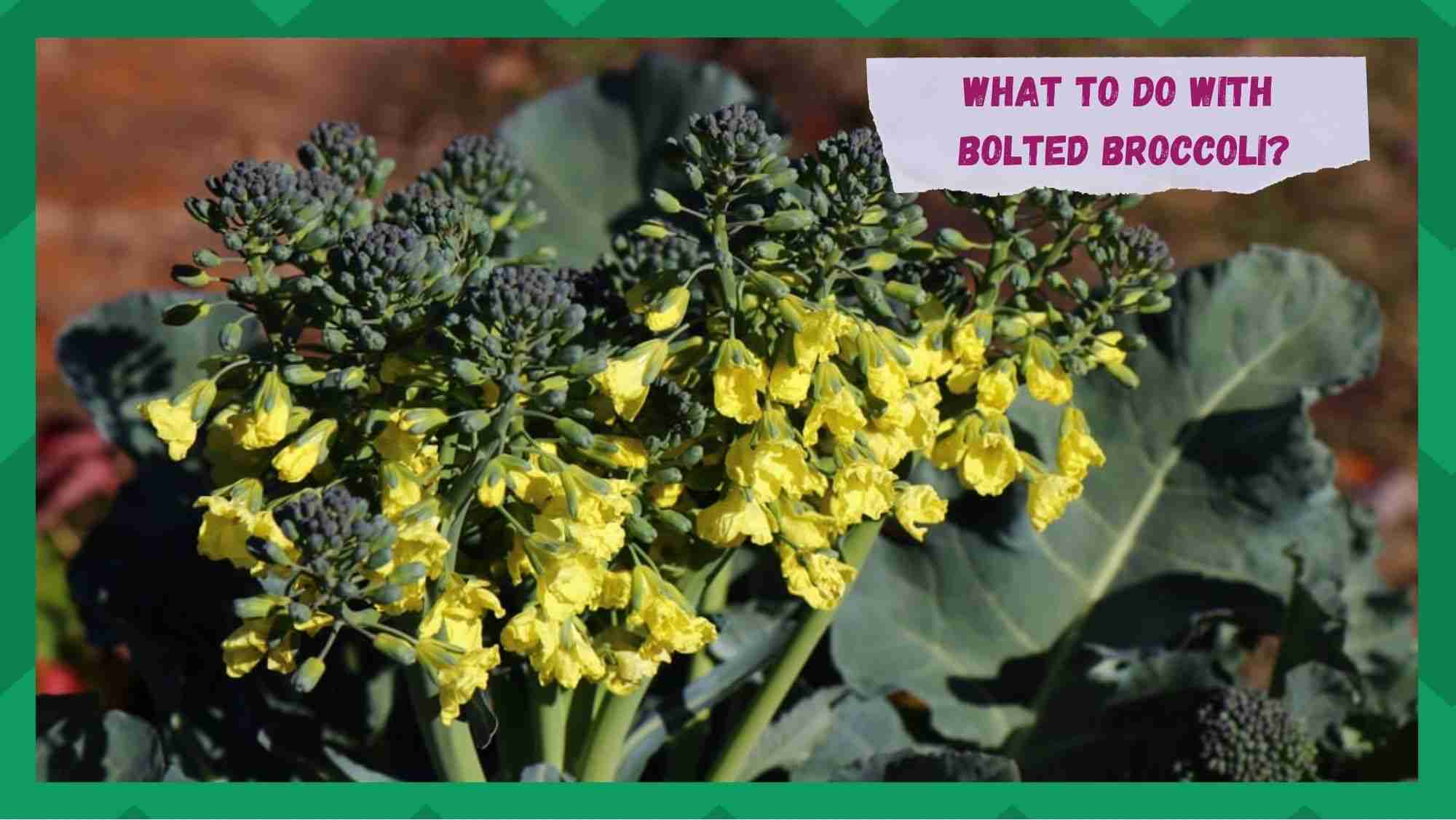
Broccoli is one of the healthiest green plants from the cabbage family and is packed with bioactive compounds, minerals, and vitamins. In addition, broccoli has an abundance of fiber and antioxidants, which makes it suitable for people with blood sugar issues.
In fact, broccoli is easy to grow and grows pretty fast. However, many people struggle with premature bolting in broccoli. So, to help you grow healthy broccoli and prevent bolting, we are sharing some information.
Why Does Broccoli Bolt In The First Place?
As the broccoli starts to mature, it flowers and produces seeds, which is the natural cycle of the plant. However, it bolts when the roots are stressed and initiate the emergency response to produce seeds for the next season.
When the plant bolts, it starts producing white or yellow flowers, and it starts growing in the upward direction. There are different reasons behind bolting broccoli, such as;
- High Temperature
Broccoli is a cold weather crop, which means it grows ideally when the soil temperature remains between 18 degrees Celsius and 24 degrees Celsius. If the soil is warmer than this, it results in premature flowering or bolting of the plant.
So, to ensure healthy broccoli growth, you must plant it in cooler parts of the house, preferably in the shade, to make sure sunlight doesn’t increase the soil’s temperature.
Before head formation, there are ten days before the broccoli plant is sensitive to high temperature. In simpler words, if the plant is exposed to a temperature higher than 25 degrees Celsius for four days or more, it can negatively impact the head shape.
- Stress
Stress on the broccoli plant is another reason behind premature flower production or bolting. There are various factors that stress the plant, such as low temperature during the initial growth stage, late plant transplant, and increased day length.
For this reason, before you transplant the plant, make sure that the seedlings are kept in warm weather conditions (the temperature should be higher than 21 degrees Celsius). That’s because if the seedlings are exposed to cold temperatures, the plant won’t vernalize properly, resulting in bolting.
Secondly, if you transplant the broccoli plant too late, it can cause transplant shock, which damages the plant and cause premature flowering. The mature plant has an extensive and larger root system, so if you wait too long before transplanting, it will cause damage to the roots.
The experts recommend transplanting it four weeks before the last frost and making sure the plant is five to seven weeks old. For this reason, you must start sowing the seeds nine to eleven weeks before the last frost date.
Thirdly, increased day length can also result in bolting. For instance, if you plant the seeds too late, the plant will sense the long days and start rushing through the growth stages to produce seeds for the next season. As a result, the plant will grow tall rather than forming a full head.
- Low Soil Temperature
Extremely low soil temperature can also result in bolting and taller growth of the plant. In most cases, the young plants struggle from bolting at cold temperatures. In particular, a temperature below 7 degrees Celsius causes bolting and prevents the formation of the head.
For this reason, it’s recommended that you check the weather forecast and wait for a few days if the cold is expected. In addition to this, you can opt for a cloche or row cover to keep the plants warmer.
What To Do With Bolted Broccoli?
If the broccoli has bolted, it cannot be consumed. The flowers and the head are usually edible, but the florets and leaves become bitter, which makes them inedible.
In addition, the stems and stalks of the plant are juicy on a healthy plant but become woody and tough when the plant bolts. Normally, broccoli has a slightly bitter and sweet flavor, but bolting increases the bitterness, which makes it difficult to consume.
When the plant starts bolting, the head stops growing because the plant’s energy will be used to produce seeds and flowers. However, it’s recommended that you cut off the main head because it will help the plant produce small florets and side shoots.
In simpler words, there is nothing you can do once the broccoli starts bolting other than cutting off the main head and letting it produce seeds to make sure you can plant new seeds.
Ways To Prevent Bolting
Since broccoli becomes inedible after bolting and cannot be reversed, the only option is to prevent bolting. For this purpose, you can try the following preventive measures;
- Mulching
One of the easiest and most reliable ways of preventing bolting is to mulch the plant. That’s because mulching helps prevent the heat from reaching the roots, hence low chances of root stress.
You should keep a layer of mulch on the soil to maintain the soil temperature and prevent root stress. You have to make a thick layer of mulch (organic mulch like straw is a great choice).
- Harvesting
The experts recommend harvesting the broccoli frequently. That’s because broccoli is a fast-growing plant and it keeps forming new heads when you cut one.
For this reason, it’s recommended that you cut the broccoli head as soon as it matures to increase the yield and reduce the chances of bolting. The head is ready to be harvested when it’s four to six inches in diameter. In addition to harvesting the head, you should harvest the side shoots as well.
- Watering
Since broccoli needs cooler soil to grow, it’s recommended that you water the plant regularly to make sure the soil temperature is ideal for growth.
- Shade
Excessive exposure to the broccoli plant can lead to bolting, which is why it’s recommended that you plant the seeds in the shaded area. However, if you don’t have a shaded area, you can put up the shade cloth to create shade over the plant.
In addition to shade cloth, you can also use row covers and patio umbrellas to keep it safe from the sunlight. In fact, you can surround the plant with taller plants to make sure it grows under their shade.
- Transplanting
If you started sowing the seeds indoors, it’s recommended that you transplant the broccoli before it becomes root-bound in the pot. On the other hand, if the weather is too volatile for the seedlings, you can shift them to bigger pots to make sure they are ready for a transplant.
Tips To Grow Healthy Broccoli
Broccoli is one of the most nutritious vegetables, which can be sautéed or eaten fresh. In addition, it’s extremely easy to grow as long as you keep some growing tips in mind, such as;
- When you grow the seedlings indoors, make sure they get sufficient light and air to prevent the plants from becoming leggy. In case the long stems start developing, you should repot the seedlings deeper into the soil
- Make sure the broccoli plants are 12 inches to 24 inches apart for healthy and unhindered head formation
- Make sure the soil has a pH level of six or seven, which is why rich and organic soil is recommended
- Always use balanced fertilizers because nitrogen-based fertilizers can lead to excessive leaf growth
- Water the plant twice a day to keep the soil temperature low and be regular with mulching to control the weed growth
The Bottom Line
The hot weather impact on the broccoli is impossible to stop, but you can use preventive measures to slow down bolting and make sure the plant gets enough time to produce the head as well as seeds.
However, make sure that you don’t consume the bolted broccoli, as it will be too bitter and tough. On the other hand, if broccoli has already started producing the seeds, you should store them for the next season.

